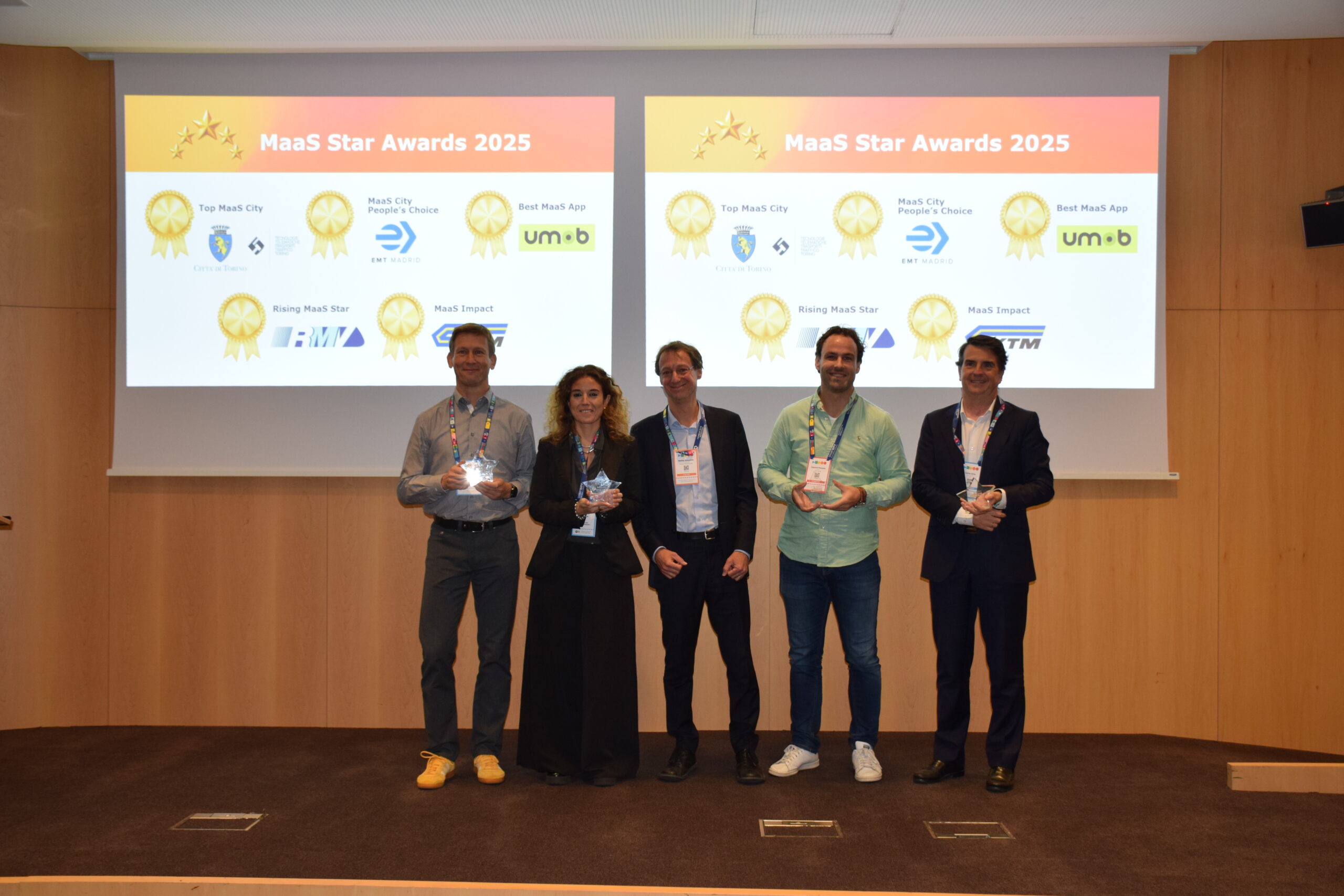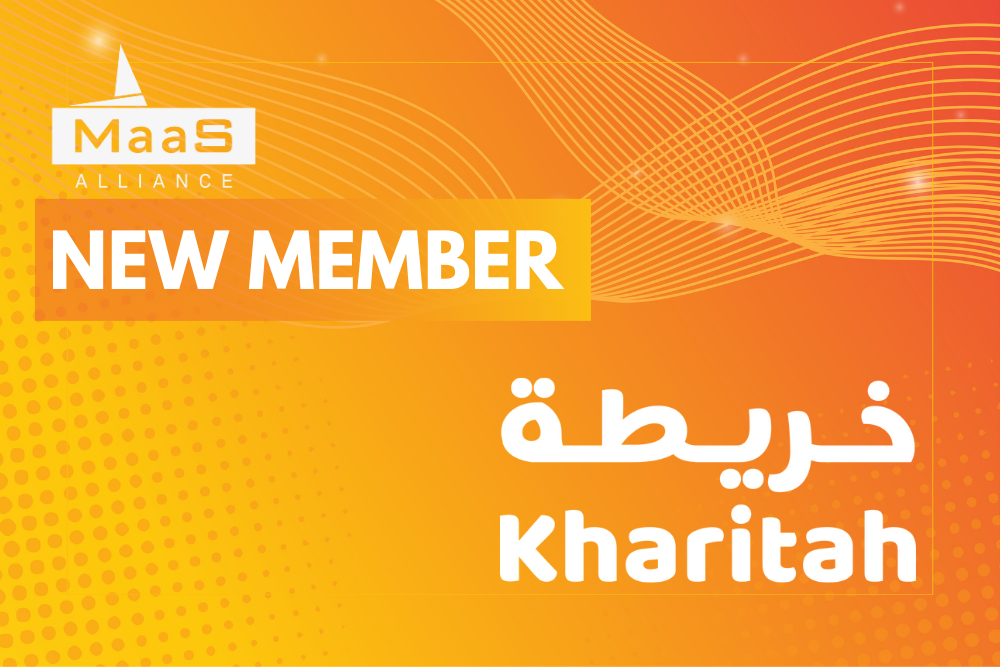Blog post by Piia Karjalainen, MaaS Alliance’s Secretary General
Lately I’ve been captivated by the active discussion on business model viability and chances to make money with MaaS. It was all initiated by David Zipper with his article at Bloomberg and then contributed by Sampo Hietanen, Boyd Cohen, Aurelien Cottet, Andy Taylor, Crissy Ditmore, Krista Huhtala-Jenks and many many more. Having read the different views, it is now my turn to bring in some thoughts also from the MaaS Alliance point of view. But before we go there… if you have been following the online discussion, I guess you are excited to hear that we are bringing this debate online on 7 October as a part of the ITS America’s ALL-ACCESS event. Please be sure not to miss it! More information will be available soon here.
The very raison d’être of the MaaS Alliance is to support the industry, both public entities working for the interest of societies and citizens, and private companies looking for opportunities within, to unlock the full potential of this transformational mobility business. There are huge openings such as carbon saving potential, improved daily mobility and accessibility, and of course new business prospects. There are also challenges. In the current operational environment, there is only limited access for new businesses (MaaS operators) to the market between the users and the transport operators. We need to solve how both private and public operators are able to successfully coexist in the market.
In the digital era, online platforms can be tools to enhance transparency, facilitate users’ freedom of choice and balance market. In many key sectors of platform economy it is typically the platform that is benefitting from a stronger bargaining position than the service providers. But in Mobility as a Service business the situation is other way round due to the characteristics of the transport services market with many existing monopolies. Thus, when considering policies for online platforms from a MaaS point of view (a very topical discussion in Europe now, with the European Commission preparing new Digital Services Act Package), one of the main questions is how to regulate platforms so that they mitigate rather than amplify the monopolised characteristics of the transport service market. By ensuring that MaaS operators are not hindered by protectionism or unfair commercial terms, decision-makers support the MaaS ecosystem, make it trusted and thriving. An appropriate platform regulation complemented by open data policies that ensure access to market, fair competition and a wider choice for the consumer are the building blocks of the creation of open ecosystems. This is also the desired vision for mobility market.
To do our bit, the MaaS Alliance is drafting a MaaS Market Playbook (a sort of Code of Conduct) that will be published by the end of this year. In the document we will give recommendations to the industry for mutually benefitting collaboration models; we fully understand that each individual party have to gain benefits from being part of MaaS. The objective of MaaS is to help more people to use public and shared transport services as a part of their mobility mix and we cannot do it without having those service providers on board.
There have been also questions what COVID-19 means for the expected growth of the MaaS industry. After talking with many industry players and just looking at what is happening in cities right now, I feel comfortable to state that this is a moment of great opportunities for MaaS. MaaS enables new agility in the mobility sector; it brings a much needed variety to the demand side and, at the same time, it helps to optimise the supply side. MaaS operators, as interface between users and mobility providers, are in a very good position to understand and match both demand and supply, based on the preferences of the users and the prevailing circumstances. Providing users with various public, private and shared mobility options and the optimised offering for every single journey MaaS can be a valuable asset in rebuilding the user’s trust on public and shared transport services.
Similar conclusions are also very well explained in this report by Arthur D. Little on post-COVID mobility published in July. Political decisions related to the stimulus and green recovery packages can speed up important changes and in this context, the MaaS Alliance wanted to suggest some measures to be considered by governments around the world. We welcome legislative and financial measures that support the availability of multimodal integrated mobility services. Ensuring that new mobility services are treated equally in terms of taxation schemes and creating incentives for the use of green mobility services, (targeted directly to end-users or corporations providing mobility-related schemes for their employees) would be really effective tools. The crisis has also shown the need for further complementarity of public and private sectors in mobility service provision. This is another front we would like to see some efforts, e.g. investments to improve the integration readiness of public transport and micromobility services to multimodal offerings.
I truly believe that digital and green is the winning combination, for users but also for the business. We are also currently working to set up a framework for evaluation of environmental footprint of MaaS. I hope that it will be a useful tool for many, both operators and cities.
Having been working 10 years now in the field of mobility disruption and MaaS, the evolution of the industry can be described by referring to the most predominant questions heard during a Q&A session after a presentation or a public speech. Until 2017 it was all about what and why – what is MaaS and why on earth would we need something like that? In the later years the most heard questions have been when, how and who. While the “when” and “how” questions result often in a constructive discussion on enablers of MaaS I find the latter one less interesting; I’d rather leave it for each individual user to decide on, based on their needs, preferences and taste. And that is why we need an open ecosystem for, to provide that freedom of choice to the end-users.
With all this going on, I look forward to starting this new semester and hope to see you at our future events and online discussions.



